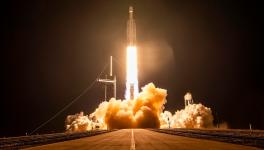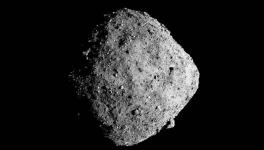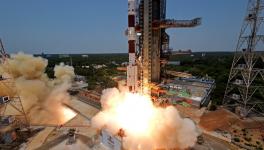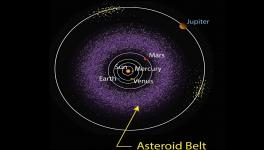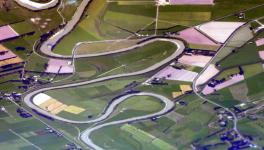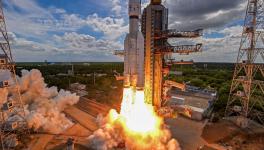NASA’s Perseverance Rover Successfully Lands on Mars
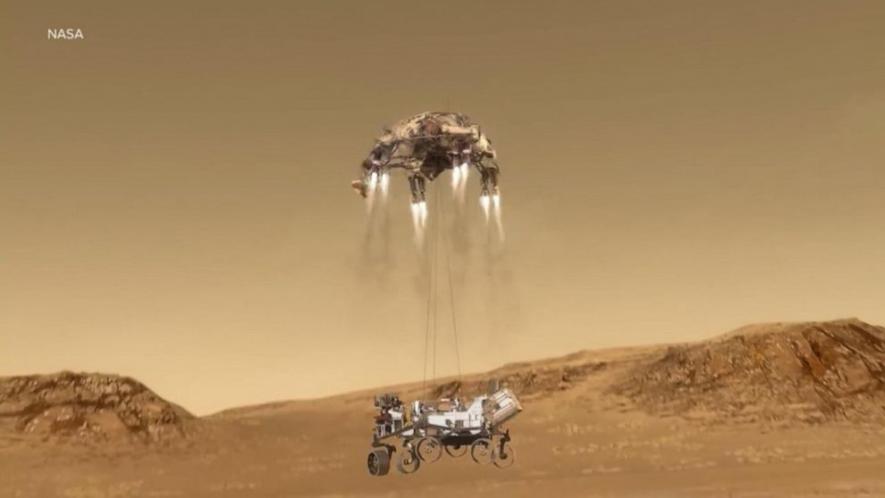
Image Courtesy: ABC News
NASA’s Mars rover Perseverance landed successfully on the planet’s surface on Thursday, February 18 with the space organisation’s Jet Propulsion Laboratory in southern California announcing its successful landing.
Perseverance travelled 472 million kilometers over 203 days before landing on the red planet. It was launched on July 30, 2020, from the Cape Canaveral Space Force Station in Florida. It ambitious mission entails collecting samples from Mars and returning back to Earth.
“This landing is one of those pivotal moments for NASA, the United States, and space exploration globally – when we know we are on the cusp of discovery and sharpening our pencils, so to speak, to rewrite the textbooks. The Mars 2020 Perseverance mission embodies our nation’s spirit of persevering even in the most challenging of situations, inspiring, and advancing science and exploration. The mission itself personifies the human ideal of persevering toward the future and will help us prepare for human exploration of the Red Planet,” acting NASA Administrator Steve Jurczyk reportedly said about the mission.
The Perseverance rover will cruise across the planet and undertake an extensive scientific exploration. It is a motor vehicle that can travel on the planet’s surface giving it an edge over stationary landers; it can examine more territory and bring out more interesting findings about the planet.
The rover is about the size of a car and weighs 1,026 kilograms. The robotic operation system embedded in the rover will enable it to find geological and astro-biological aspects of the planet.
Perseverance will undergo testing for several weeks before it starts its exploration for two years in Mars’ Jezero Crater. The crater, about 45 kms wide, is a near-circular depression on the surface of Mars and sits on the western edge of the Isidis Planitia. The Isidis Planitia is a giant basin situated near the Martian equator. It has been previously found that the Jezero Crater had its own river delta and was filled with water 3.5 million years ago.
One of the important advances in the mission is its new landing method called the EDL system—Entry, Descent and Landing. This kicks in when the spacecraft reaches the Martian atmosphere. At this time the spacecraft is travelling at 20,000 kilometers per hour. The spacecraft gets seven minutes to descend to the surface. Within that short period of time the craft has to safely transition from that speed down to zero and for this, its brakes need to be applied very carefully.
Ten minutes prior to entering the Martian atmosphere the spacecraft sheds off a portion that contains fuel tanks, solar panels and radios. The protective aeroshell containing the rover at the descent stage makes the landing. Entering the atmosphere heats up the spacecraft enormously, a temperature of almost 1,300 degrees Celsius.
Encountering the atmosphere slows down the spacecraft to up to 1,600 kms per hour and it is when the supersonic parachutes are opened. Perseverance uses a new technology called the Range Trigger which enables it to calculate the distance to the landing site and when exactly the parachutes are to be opened. The parachutes slow down the spacecraft in the Martian atmosphere to 320 kilometers per hour. The spacecraft eventually cuts off the parachute and descends with the help of rockets.
In its final stage of descent the speed of the craft is about 2.7 kms per hour. To ensure where exactly the landing has to be made the mission incorporates another new technology called the “Terrain Relative Navigation” System. Special cameras are used to map out the features of the surface below the craft and which are then compared to a map already embedded in the craft. The map is made by the mission scientists to direct the craft to the safest landing spot.
Perseverance will investigate the rock and sediment from Jezero’s ancient lake bed and river delta. This will provide details about the geology and past climate of the planet. Aside from this the rover also aims to search for the presence of ancient microbial life. The rover will collect samples from the planet’s surface and return them to Earth. The samples will then be analysed by NASA and the ESA (European Space Agency). It is being hoped that the mission will give rise to in-depth findings about the presence of past life on the red plante.
Perseverance’s power system, which will provide it with electricity and heat during its exploration of the Jezero Crater is a Multi-Mission Radioisotope Thermoelectric Generator, or an MMRTG. The US Department of Energy provided it to NASA.
It has a system which includes high-tech cameras and a complex ‘sample caching system’. With this system in place the rover will explore the Jezero area for fossil remains of ancient life that could have possibly existed on Mars.
Get the latest reports & analysis with people's perspective on Protests, movements & deep analytical videos, discussions of the current affairs in your Telegram app. Subscribe to NewsClick's Telegram channel & get Real-Time updates on stories, as they get published on our website.









